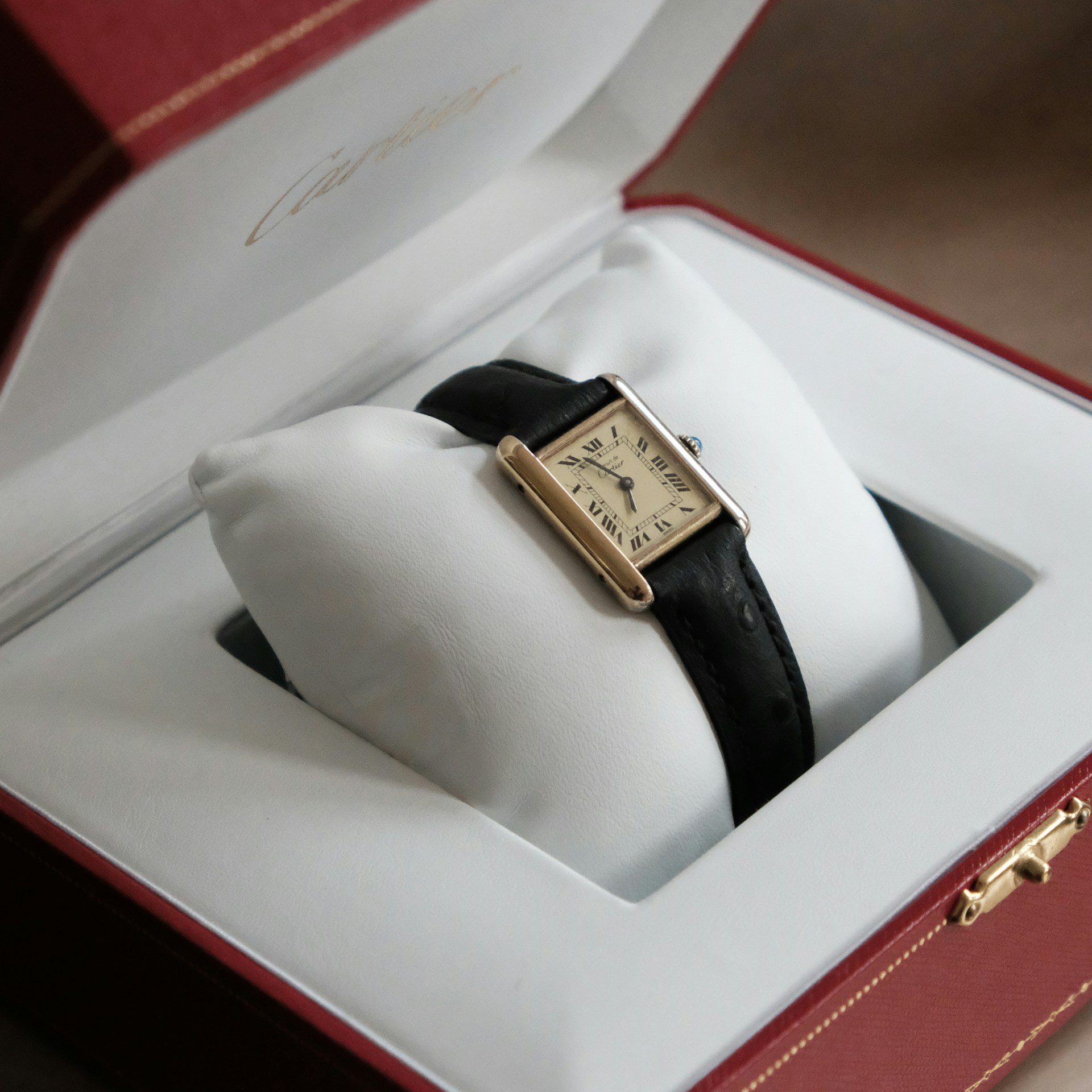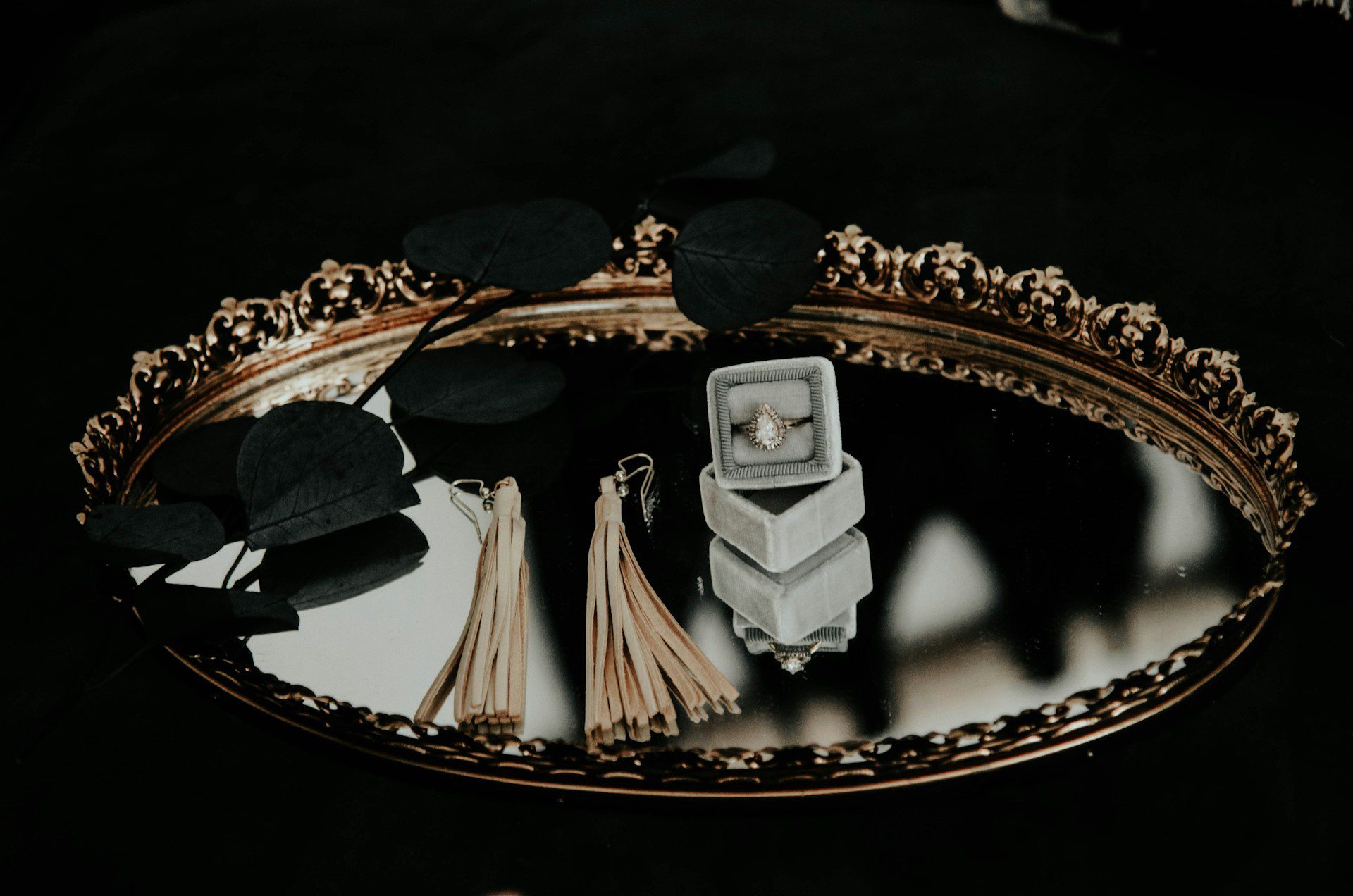Introduction
In the realm of fashion, few names hold as much reverence and influence as Chanel. The house of Chanel, founded by the visionary Gabrielle “Coco” Chanel, has not only redefined the concept of modern luxury but has also left an indelible mark on the world of haute couture, accessories, and fragrance. The history of Chanel is a tale of innovation, audacity, and an unyielding commitment to reimagining femininity.
The Early Years: Rise of a Visionary
Coco Chanel’s journey began in a small orphanage in France, where she learned to sew – a skill that would eventually shape her destiny. In 1910, she opened her first millinery shop in Paris, setting the stage for a fashion revolution. Chanel’s designs were a departure from the corseted silhouettes of the time, emphasizing comfort and simplicity. Her introduction of jersey fabric into women’s clothing marked the beginning of her avant-garde approach.
The Iconic Little Black Dress and Chanel Suit
In the 1920s, Chanel introduced what would become two of the most iconic and enduring fashion staples: the little black dress and the Chanel suit. The little black dress, hailed as a symbol of timeless elegance, transcended the boundaries of fashion, becoming a wardrobe essential for women worldwide. The Chanel suit, characterized by its boxy jacket and slim skirt, redefined women’s workwear by offering a blend of sophistication and comfort.
The Quintessential Accessories
Chanel’s innovative spirit extended beyond clothing to accessories. The introduction of costume jewelry, characterized by faux pearls and intricate detailing, challenged the notion that real gems were the only measure of luxury. The Chanel 2.55 handbag, introduced in 1955, became an instant sensation, redefining the concept of a practical yet luxurious accessory.
The Perfumed Legacy
Chanel’s foray into the world of fragrance birthed what is arguably the most famous perfume in the world – Chanel No. 5. Launched in 1921, the fragrance was a departure from the heavy scents of the era, featuring a delicate blend of floral and aldehyde notes. Its minimalist design and association with Marilyn Monroe’s famous quote (“What do I wear in bed? Chanel No. 5”) cemented its place in pop culture.
Coco’s Comeback
After a hiatus, Chanel made a triumphant return in the 1950s. The reimagined tweed suits, quilted handbags, and two-tone shoes captured the essence of a changing society. Chanel’s designs celebrated both elegance and modernity, making her brand relevant to a new generation.
Karl Lagerfeld’s Legacy
In the 1980s, Chanel underwent a renaissance under the creative direction of Karl Lagerfeld. Lagerfeld’s ability to honor Chanel’s heritage while infusing it with a contemporary edge revitalized the brand. His theatrical runway shows and distinctive personal style left an indelible mark on Chanel’s identity.
Chanel Today
Today, Chanel continues to embody the epitome of luxury and sophistication. Under the leadership of Virginie Viard, the brand maintains its legacy of elegance and innovation. From the reimagined 2.55 handbags to the reinvented Chanel suits, the brand stays true to its DNA while evolving with the times.
Conclusion
The history of Chanel is a tapestry woven with innovation, audacity, and an unwavering commitment to redefining femininity. Gabrielle Chanel’s groundbreaking approach to fashion and her ability to anticipate the needs of modern women created a brand that transcends time. From the iconic little black dress to the enduring allure of Chanel No. 5, Chanel’s legacy continues to cast a spell on the world of fashion, reminding us that elegance is eternal.






